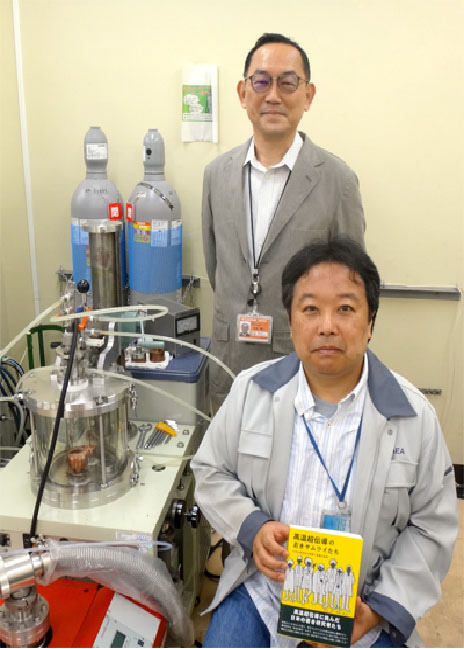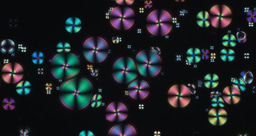Highest-temperature short-range order
Published in Electrical & Electronic Engineering

These days, unconventional phase transitions have been often observed in materials with competing orders. One of the strange transitions is the pseudogap transition in high-temperature superconductor copper oxides [1]. This can be a new type of phase transition. We believe that it is necessary to explore the other materials with competing orders to understand the mechanism of these new types of phase transitions [2]. One way is to go back to a simple model material. A typical simple example is a correlated disorder phase of square ice in graphene nanocapillaries [3]. For example, a phase diagram of water is believed to be standard with ice, water, and water vapor phases. It is believed that there is no liquid crystal phase there. This is because only the molecular complexity can cause the complex partial order of the liquid crystal. But the square ice phase might be categorized into this liquid crystal phase in the phase diagram of water, because of the correlated disorder. Although the water molecule has a simple structure, there is an electric dipole. This one additional interaction can create the complexity of phases. This analogy can be extended to the electronic and magnetic phases [4]. Additional interactions such as Dzyalonshinskii-Moriya interaction in a noncentrosymmetric magnet can produce spatially inhomogeneous order parameters, where the Lifshitz condition is violated. For the search of this unconventional phase transition, we started the study of β-Mn-type alloy system in 2014. Room-temperature skyrmion was discovered in this β-Mn-type alloy after that [5]. Although the report discouraged us very much, we occasionally discovered the highest-temperature short-range order in a new material Mn3RhSi by the complementary use of neutron, muon spin relaxation, X-ray scattering, electron diffraction, and magnetization measurements. These unique tools are very powerful for characterizing the synthesized materials. The new material was synthesized by Dr. H. Yamauchi in a simple arc-melting furnace as shown in the following figure. This furnace was purchased from the grant of JST, Transformative Research-Project on Iron Pnictides (TRiP). The intriguing point is not limited in the highest-temperature record, but also in the observed Q-position different from long-range order Q-position. We believe that there must be various types of unconventional electronic and magnetic orders especially in metallic alloy systems possibly near a metal-insulator transition, because of many types of competing interactions. Our 6 years project does not end by this report. It is necessary for us to complete the phase diagram by measuring all the related family compounds. The simplicity is regarded as the beauty in physics, whereas the complexity can be the richness. For more information, please see our recent publication in Communication Materials: High-temperature short-range order in Mn3RhSi

References
[1] B. Keimer et al., Nature 518, 179 (2015).
[2] S. Shamoto, 2019. “What we see by looking back.” In Young Samurais in High-Temperature Superconductor Research, edited by H. Yoshida & T. Takahashi, p105-121. AGNE Gijutsu Center, Tokyo, in Japanese.
[3] G. Algara-Siller et al., Nature 519, 443–445 (2015).
[4] S. Shamoto, J. Phys. Soc. Jpn. 88, 081008 (2019).
[5] Y. Tokunaga et al., Nature Commun. 6, 7638 (2015).
Follow the Topic
-
Communications Materials

A selective open access journal from Nature Portfolio publishing high-quality research, reviews and commentary in all areas of materials science.
Related Collections
With Collections, you can get published faster and increase your visibility.
Advanced characterizations of high-entropy materials
Publishing Model: Open Access
Deadline: Dec 31, 2025
Multifunctional hydrogels
Publishing Model: Open Access
Deadline: Feb 28, 2026




Please sign in or register for FREE
If you are a registered user on Research Communities by Springer Nature, please sign in